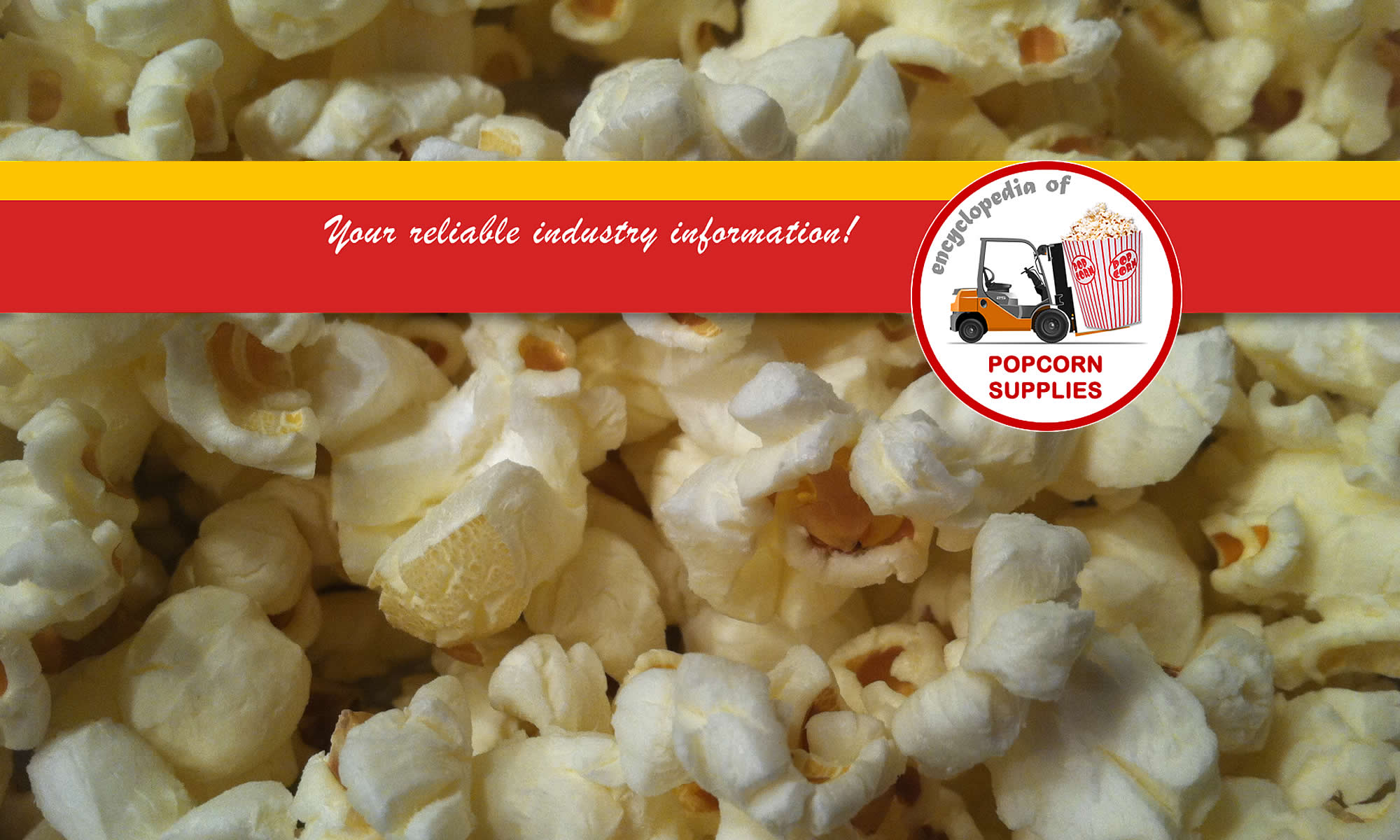
16 billion quarts
Americans consume some 16 billion quarts of popcorn every year. That’s 140 quarts of this favorite snack per household, per year.
corn belt
Most of the world’s popcorn is grown in the United States corn belt of Iowa, Illinois, Indiana, Kansas, Kentucky, Michigan, Missouri, Nebraska and Ohio.Popcorn comes in two varieties: snowflake and mushroom. Snowflake is usually used in movie theatres and ballparks because it is more fluffy. Mushroom is used for candy confections because it doesn’t crumble.
55 calories per cup
Oil-popped is only 55 calories per cup. Air-popped popcorn has only 31 calories per cup. Compared to most snack foods, popcorn is low in calories, so eat away.
maize
Popcorn is a type of maize (or corn), a member of the grass family, and is scientifically known as Zea mays var.
popcorn button
Most microwave ovens have a “popcorn” control button, since popcorn is one of the number one uses for microwave ovens.
popcorn high jump
How high popcorn kernels can pop? Up to 3 feet in the air.
popcorn trail
If you made a trail of popcorn from New York City to Los Angeles, you would need more than 352,028,160 popped kernels!
hull-less
There is no such thing as “hull-less” popcorn. All popcorn needs a hull in order to pop. Some varieties of popcorn have been bred so the hull shatters upon popping, making it appear to be hull-less.
popability
“Popability” is popcorn lingo that refers to the percentage of kernels that pop.
popcorn blues
The peak period for popcorn sales for home consumption is in the fall.
is all corn popcorn?
Many people believe the acres of corn they see in the Midwest during growing season could be picked and eaten for dinner, or dried and popped. In fact, those acres are typically field corn, which is used largely for livestock feed, and differs from both sweet corn and popcorn.
what is pericarp?
Popcorn differs from other types of maize/corn in that is has a thicker pericarp/hull. The hull allows pressure from the heated water to build and eventually bursts open. The inside starch becomes gelatinous while being heated; when the hull bursts, the gelatinized starch spills out and cools, giving it its familiar popcorn shape.

 Instructions:
Instructions:

 Liquid
Liquid  The dry method consists of putting the unpopped grain in a basket or wire cage, agitating it over a heat source like the campfire or coal stove, allowing the corn to pop, and seasoning it with butter and salt.
The dry method consists of putting the unpopped grain in a basket or wire cage, agitating it over a heat source like the campfire or coal stove, allowing the corn to pop, and seasoning it with butter and salt. Have you ever wondered what’s going on inside your bag of microwave popcorn, when you actually put it into a microwave?
Have you ever wondered what’s going on inside your bag of microwave popcorn, when you actually put it into a microwave? Here is what you need – of course, you can make more of it by multiplying ingredients:
Here is what you need – of course, you can make more of it by multiplying ingredients: One of the most popular snacks in America is laced with diacetyl, a synthetic
One of the most popular snacks in America is laced with diacetyl, a synthetic  All popcorn kernels have a hull (the skin that holds the kernel together), and without it popping corn would not exist either. The hulless variety is a special breed that has the smallest, thinnest, most fragile hull of all the varieties of popcorn.
All popcorn kernels have a hull (the skin that holds the kernel together), and without it popping corn would not exist either. The hulless variety is a special breed that has the smallest, thinnest, most fragile hull of all the varieties of popcorn. These 2 inventions turned America into a popcorn hungry “beast”, consuming 1 billion pounds ++ every year. This is a popping 70 something quarts every year per every person – including newborns, so actually it is much more per actually consuming popcorn person.
These 2 inventions turned America into a popcorn hungry “beast”, consuming 1 billion pounds ++ every year. This is a popping 70 something quarts every year per every person – including newborns, so actually it is much more per actually consuming popcorn person.